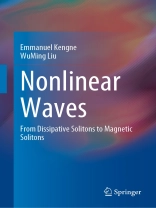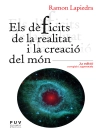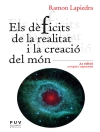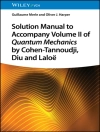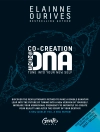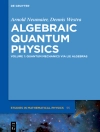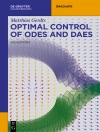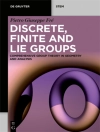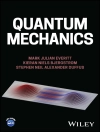This book highlights the methods to engineer dissipative and magnetic nonlinear waves propagating in nonlinear systems. In the first part of the book, the authors present methodologically mathematical models of nonlinear waves propagating in one- and two-dimensional nonlinear transmission networks without/with dissipative elements. Based on these models, the authors investigate the generation and the transmission of nonlinear modulated waves, in general, and solitary waves, in particular, in networks under consideration. In the second part of the book, the authors develop basic theoretical results for the dynamics matter-wave and magnetic-wave solitons of nonlinear systems and of Bose–Einstein condensates trapped in external potentials, combined with the time-modulated nonlinearity. The models treated here are based on one-, two-, and three-component non-autonomous Gross–Pitaevskii equations. Based on the Heisenberg model of spin–spin interactions, the authors also investigate thedynamics of magnetization in ferromagnet with or without spin-transfer torque. This research book is suitable for physicists, mathematicians, engineers, and graduate students in physics, mathematics, and network and information engineering.
Jadual kandungan
Nonlinear Schrödinger models for solitons propagation in 1D lossless nonlinear transmission networks (NLTNs).- Transmission of dissipative soliton like signals through one-dimensional transmission networks.- Emission of rogue wave signals in nonlinear electrical transmission networks.- Emission of nonlinear modulated waves in multi-coupled nonlinear transmission networks.- Dynamics of one-dimensional condensates with time modulation of the scattering length and trapping potential.- Rogue matter waves in Bose-Einstein condensates trapped in time-varying external potentials.- Dynamics of matter-wave solitons in multi-component Bose-Einstein condensates.- Dynamics of higher-dimensional condensates with time modulated nonlinearity.- Engineering matter-wave solitons in spinor Bose-Einstein condensates.- Engineering magnetic solitons in nonlinear systems.- Current driven dynamics of magnetization in ferromagnet with spin-transfer torque.
Mengenai Pengarang
Prof. Emmanuel Kengne obtained his Ph.D. degree in Physicomathematical Sciences from the School of Mathematics and Mechanical Engineering at Kharkiv State University (now Kharkiv National University), Ukraine, in January 1994. He is Applied Mathematician, Full Professor at the School of Physics and Electronic Information Engineering, Zhejiang Normal University (China), Adjunct Professor at the Department of Computer Science and Engineering, University of Quebec at Outaouais (Canada), and Adjunct Researcher at the Institute of Physics, Chinese Academy of Sciences (China). Emmanuel Kengne has made major contributions to a vast number of fields, including the theory of well-posedness boundary value problems for partial differential equations, wave propagation on nonlinear transmission networks, optical and heat solitons, nonlinear dynamical lattices, Ginzburg–Landau models, Boson–Fermion models, bio-thermal physics, light propagation, thermal therapy for tumors, as well as many other physico-mathematical fields.
Prof. Wu-Ming Liu obtained his Ph.D. degree from the Institute of Metal Research, Chinese Academy of Sciences, China, in June 1994. He became Associate Professor at the Institute of Theoretical Physics, Chinese Academy of Sciences, China, in 1996, and has been Full Professor at the Institute of Physics at the same Academy since 2002. His research interests include atomic and molecular physics and quantum optics theory, the theory of quantum information and quantum computation, and condensed matter theory.
